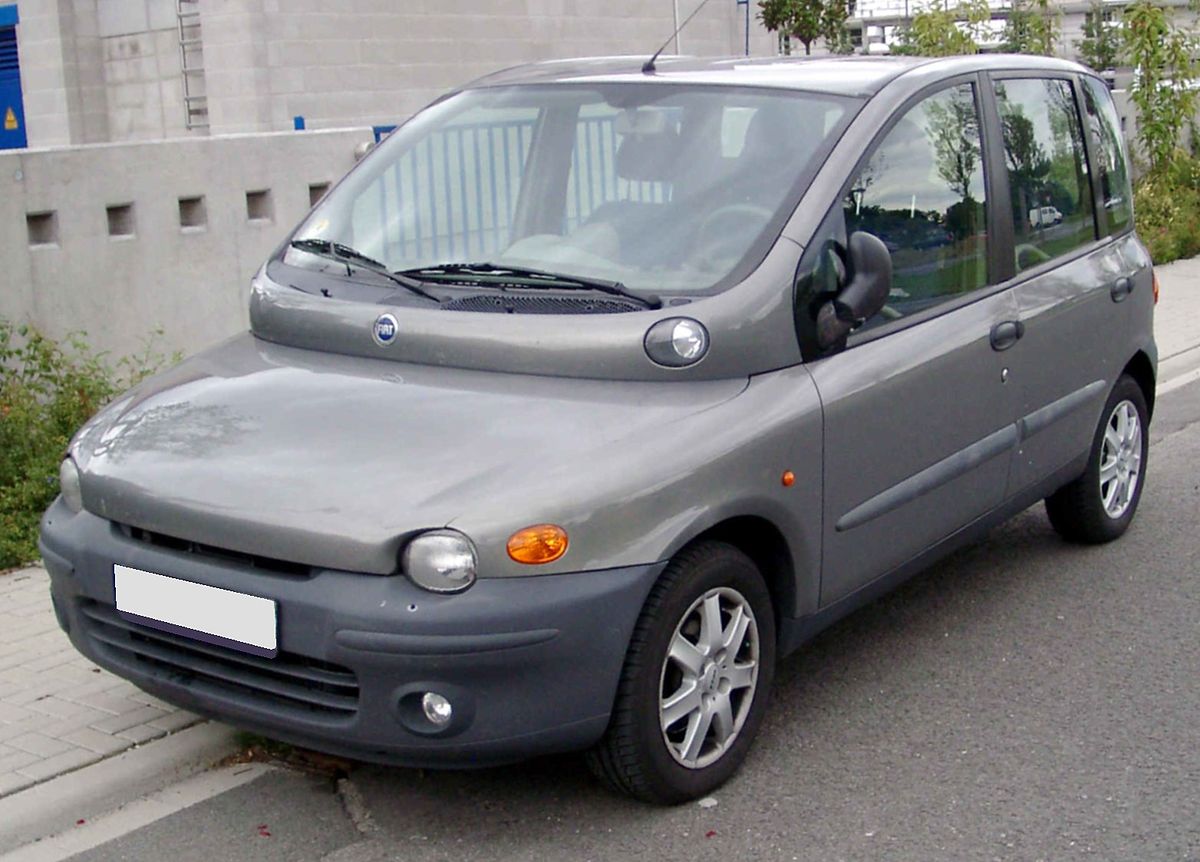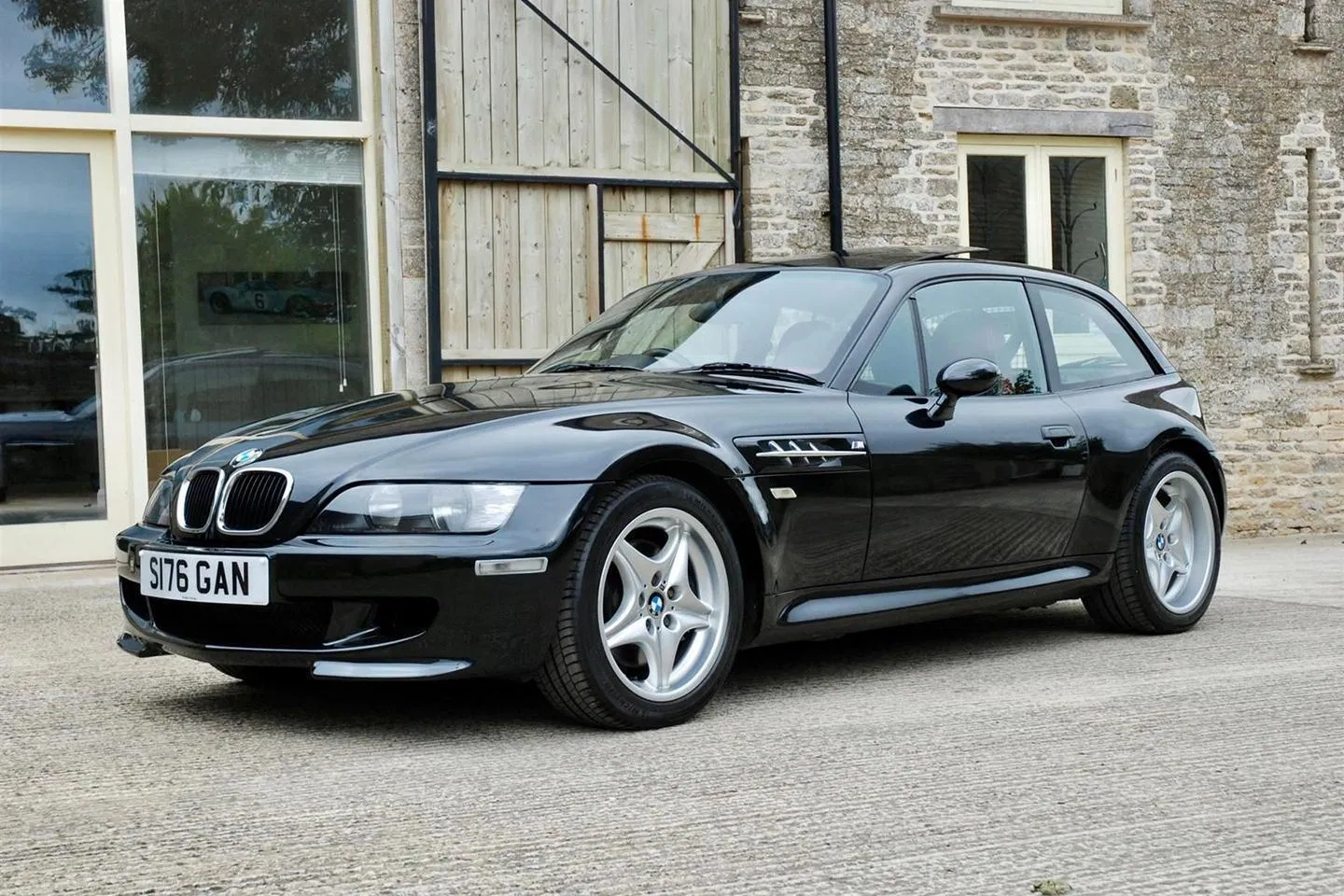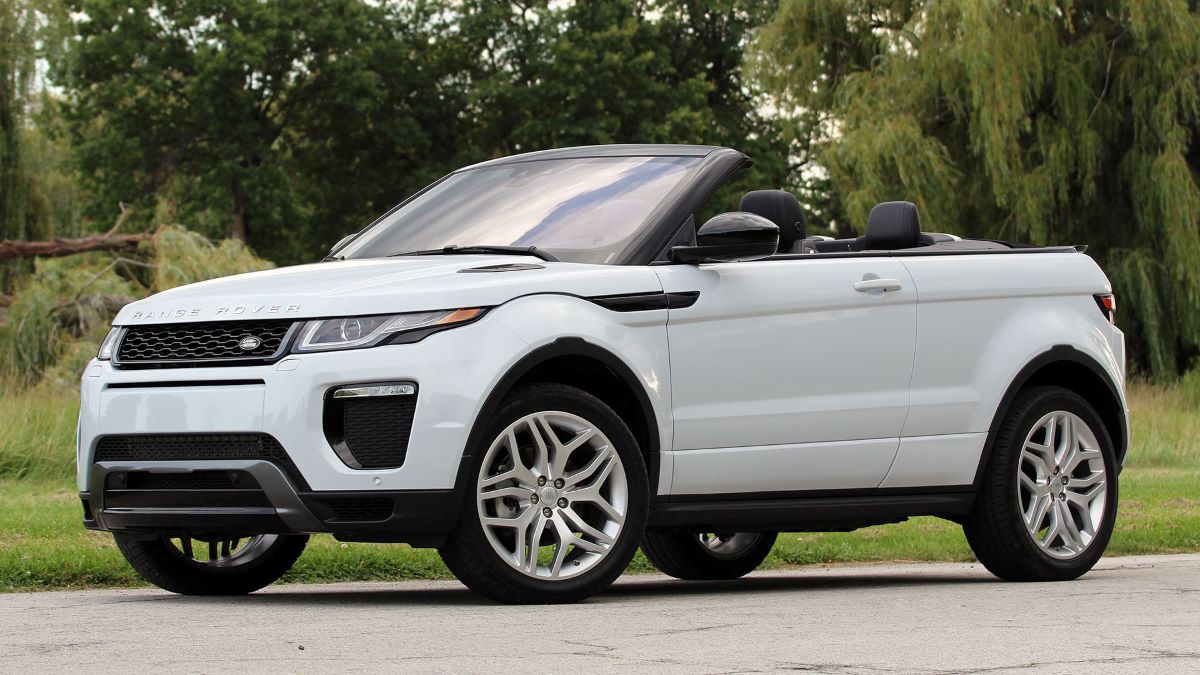Don’t worry, Jaguar, you’re not the only one—because here are ten other vehicles that created quite the commotion, and then some, when they were first introduced.
Jaguar is in the midst of a comprehensive rebrand as it transitions toward a fully electric future. A complete relaunch for the brand is expected in 2026.
However, the brand’s strategic image shift hasn’t been well received by traditionalists, who have taken issue with several changes—most notably the abandonment of the iconic growling cat logo.
The controversy escalated further this week with the revealing of the bold, bright pink Jaguar Type 00. This design drew a flood of online outrage, with countless keyboard critics sounding off.
In response to the fierce backlash, Jaguar’s managing director, Rawdon Glover, has defended the company’s vision.
Speaking to Sky News, he said: “We’ve certainly gathered an awful lot of attention over the last few weeks, but now I think it’s really important to talk about the vehicle.”
The Jaguar Type 00 is a two-door GT characterized by sharp, angular design elements throughout.
While it remains a concept car for now, we can expect that the production-ready four-door version, arriving in 2025, will closely resemble this prototype—though not all of its features may make it to production.
There’s also an intriguing historical precedent here. History has shown that many cars criticized or dismissed upon their debut often go on to become celebrated icons and award-winning hits.
So, while the electric Jaguar Type 00 might be divisive now, don’t be surprised if it earns its own place in automotive history with a new trophy cabinet.
Below, we examine 10 other cars that faced similar public backlash or controversy when first revealed
1. Fiat Multipla
The Fiat Multipla made its debut in Europe in 1997 as a six-seat MPV. However, its design overshadowed its practicality. Critics were far more focused on its unusual design, notably the bulge under the windscreen and its so-called ‘duck face.’

The design was ridiculed, with many branding it the “ugliest car ever made.” Nevertheless, the Multipla proved successful, earning the Top Gear Car of the Year award in 2000.
Its quirky aesthetic only added to its appeal over time, and the Multipla is still sought-after today. It has even found a niche within the car modification and tuning communities.
2. Audi A2
During the late 1990s, compact family cars were the must-have choice for consumers, and Audi sought to capture a share of that market with the A2.
Designed with an aluminum body to prioritize weight reduction, aerodynamics, and efficiency, the car had a futuristic vision. However, the A2 was heavily criticized for its design, which was described as “awkward.”

Critics questioned whether its slim, tall silhouette could really fit into the market as a serious supermini contender. Despite the initial skepticism, the Audi A2 has earned its reputation as a future classic among enthusiasts.
3. Chrysler PT Cruiser
The PT Cruiser sparked a great deal of debate when it launched in the UK in 2000. Its quirky design raised numerous questions: Was it a family car? Was it a taxi?
Or did it somehow slip into the present day from the 1930s? Its retro American styling turned heads, but many British motorists struggled to embrace it.

The two-door convertible variant introduced in 2005 only heightened the controversy. Chrysler withdrew the PT Cruiser from the UK market in 2008, and the company itself exited the UK market in 2017 amid declining demand.
Despite its polarizing nature, there’s still a devoted community of enthusiasts for this unique vehicle.
This author, for instance, once drove a PT Cruiser on a trip to the south of France and found it surprisingly comfortable—a redeeming feature, despite its divisive status.
4. Renault Avantime
The Renault Avantime is yet another example of a vehicle that didn’t perform well in terms of sales but has since achieved cult classic status.
Introduced in 2001, the Avantime was Renault’s ambitious attempt to combine the best features of an MPV, an estate, and a four-seat coupe into a single, innovative vehicle.

The design featured two long, double-hinged doors that offered easy access to the cabin and a full-length sunroof that allowed natural light to flood the interior.
The name Avantime translates to ‘ahead of its time,’ and that description was fitting, given its innovative and forward-thinking design.
However, despite its vision, the Avantime struggled to find buyers, and its sales figures ultimately proved disappointing. As a result, production was discontinued in 2003.
5. BMW Z3 M Coupe
The BMW Z3 M Coupe was essentially a passion project for the German automaker, representing a creative and distinctive take on the classic Z3 roadster.
BMW reimagined the sleek roadster by adding a fixed roof and a ‘shooting brake’ silhouette, resulting in a design that garnered the nickname “clown shoe” due to its unique, wedge-like appearance.

Although the design was polarizing, the Z3 M Coupe was an impressive performer. Equipped with a powerful 3.2-litre engine, the car provided plenty of speed and excellent handling to match its distinctive looks.
And the clown shoe design legacy lives on to this day. In May of last year, BMW introduced a concept version of its Z4 Touring Coupe, a modern successor to the legendary Z3 ‘bread van.’
6. Porsche Cayenne
Prior to 2003, driving a Porsche meant being behind the wheel of a low, sporty, and typically impractical performance car.
Porsche was synonymous with sleek design, speed, and handling, but the world’s automotive tastes began shifting as demand for SUVs surged.

The Porsche Cayenne marked the company’s bold move into the SUV market, and it shocked purists who couldn’t envision a family-sized off-roader emerging from the high-performance sports brand.
Despite initial skepticism, the Cayenne was a game-changer. It set a new industry benchmark, played a significant role in shaping the SUV segment, and continues to enjoy strong demand to this day.
7. Aston Martin Cygnet
The word ‘divisive’ doesn’t even begin to capture the reaction surrounding the Aston Martin Cygnet. This tiny city car managed to join Aston Martin’s prestigious line-up, sitting alongside the brand’s V12 supercars and iconic grand tourers.
The Cygnet was Aston Martin’s concept of “a luxury solution to urban mobility,” and it remained in production from 2011 to 2013.

Powered by a 1.3-litre engine sourced from Toyota, the Cygnet could accelerate to 62 mph from a standstill in 11 seconds.
However, in a surprising twist, Aston Martin also created a one-off, two-seat Cygnet equipped with a monstrous V8 engine—a unique and unexpected departure from its original urban-centric vision.
8. Range Rover Evoque Convertible
When the open-top Range Rover Evoque was first revealed in 2015, it left many members of the British public scratching their heads.
The concept of a convertible SUV was widely deemed illogical, and the vehicle was quickly dismissed as something only a footballer would purchase.
But appearances can be deceiving. Despite the initial skepticism, the Evoque Convertible received widespread praise for its driving experience.

With the solid base of the Evoque underpinning it, the vehicle impressed critics for being fun, dynamic, and practical in its own way.
Today, the Range Rover Evoque Convertible still holds its value remarkably well, a testament to its unique appeal.
9. SsangYong Rodius
The SsangYong Rodius was brought to life by British designer Ken Greenley, who previously contributed to the design of the Aston Martin Virage.
The Rodius was heavily inspired by the aesthetics of luxury yachts and was intended to revolutionize the traditional seven-seat MPV market.

However, the design didn’t win over everyone. The rear end of the vehicle appeared to be awkwardly attached, with some critics describing it as looking like a “hearse.”
Despite this, the Rodius stayed in production for eight years, running from 2005 until 2013. Although maligned for its design, it retained a niche market for its unique approach to MPV styling.
10. Ford Mustang Mach-E
The debut of the electric Ford Mustang Mach-E in 2020 sparked a global debate. Critics and fans alike raised their voices in opposition, questioning whether it could truly be considered a real Mustang.
Some declared it an affront to the legendary pony car’s heritage, and there was widespread debate about whether it should bear that iconic badge.
However, the Mustang Mach-E quickly silenced many of its detractors by winning awards and proving itself in terms of performance.

The 487 PS ‘GT’ models have even outperformed the traditional petrol V8 variants when it comes to pace off the line.
Interestingly, the Mach-E has also been embraced by Mustang owner groups, signaling a shift in opinion. The new electric platform has set a precedent for the modern muscle car experience.
Additionally, it’s worth noting the return of the legendary Ford Capri badge, another classic nameplate being reimagined for today’s market. Can the new Ford Capri live up to expectations in the same way the Mustang Mach-E has? Time will tell.
These examples highlight the unpredictable paths that vehicles can take following an initial public reaction.
Cars that seem ill-received upon their debut often have surprising long-term successes, leaving their critics eating their words. Perhaps Jaguar’s Type 00 will follow a similar path.

